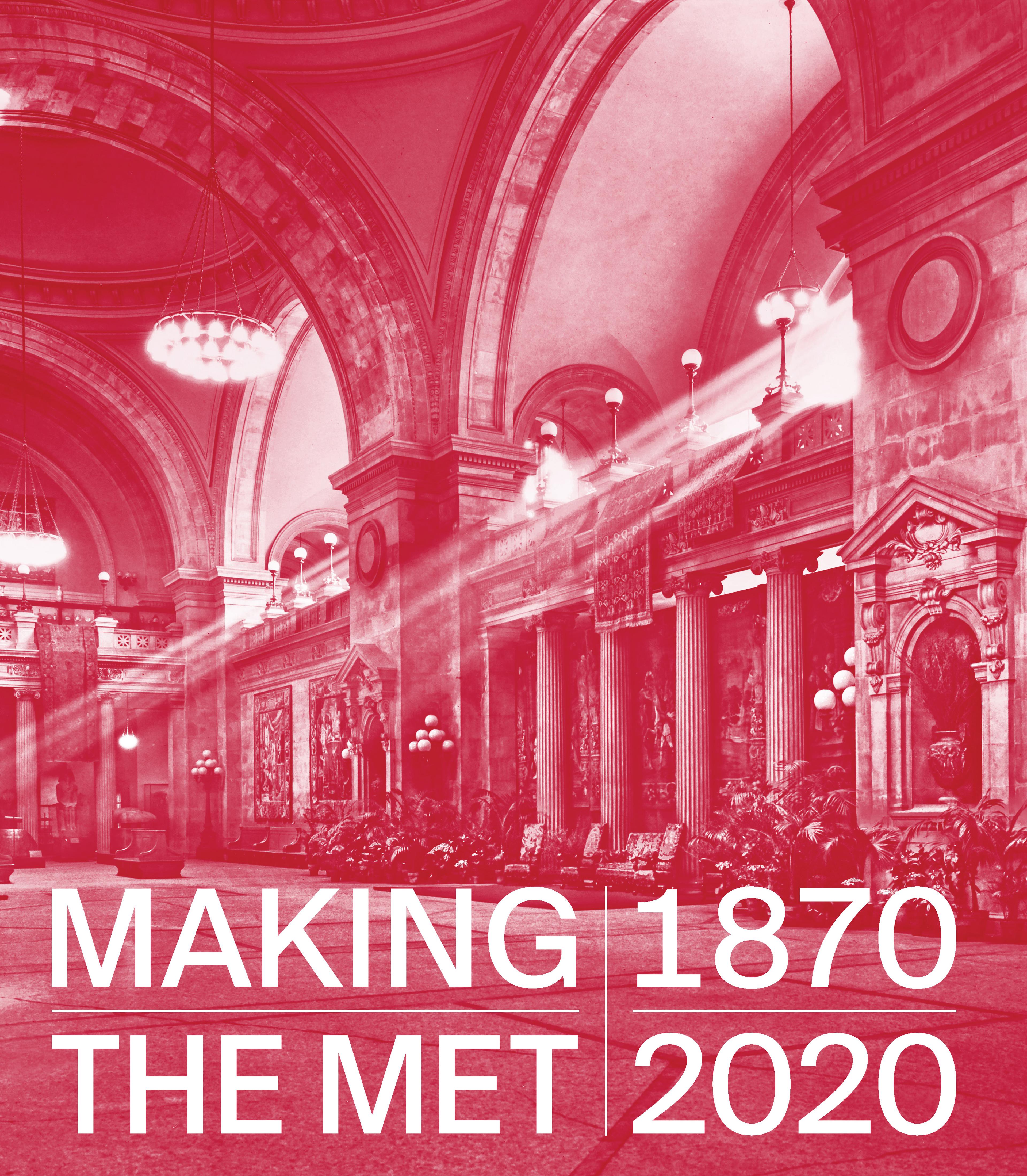The Woodshed
Inspired by the memories of his family in Mecklenburg County, North Carolina, Bearden created domestic scenes that reflect the strength of Southerners under challenging circumstances. Here, a family of four gathers in a run-down shed for a meal and some music. United by everyday rituals, they are also brought together by Bearden's carefully structured format of rectangles and squares. As the artist noted in 1969, such compositions were influenced by his study of seventeenth-century Dutch paintings by Johannes Vermeer and Pieter de Hooch: "I came to some understanding of the way these painters controlled their big shapes, even when elements of different size and scale were included within those large shapes….When I begin a work now…I try only to establish the general layout of the composition. When that is accomplished, I attempt ever more definite statements, superimposing other materials over those I started with."
Artwork Details
- Title: The Woodshed
- Artist: Romare Bearden (American, Charlotte, North Carolina 1911–1988 New York)
- Date: 1969
- Medium: Cut and pasted printed and colored papers, photostats, cloth, graphite, and sprayed ink on Masonite
- Dimensions: 40 × 50 in. (101.6 × 127 cm)
- Classification: Drawings
- Credit Line: George A. Hearn Fund, 1970
- Object Number: 1970.19
- Curatorial Department: Modern and Contemporary Art
More Artwork
Research Resources
The Met provides unparalleled resources for research and welcomes an international community of students and scholars. The Met's Open Access API is where creators and researchers can connect to the The Met collection. Open Access data and public domain images are available for unrestricted commercial and noncommercial use without permission or fee.
To request images under copyright and other restrictions, please use this Image Request form.
Feedback
We continue to research and examine historical and cultural context for objects in The Met collection. If you have comments or questions about this object record, please complete and submit this form. The Museum looks forward to receiving your comments.
